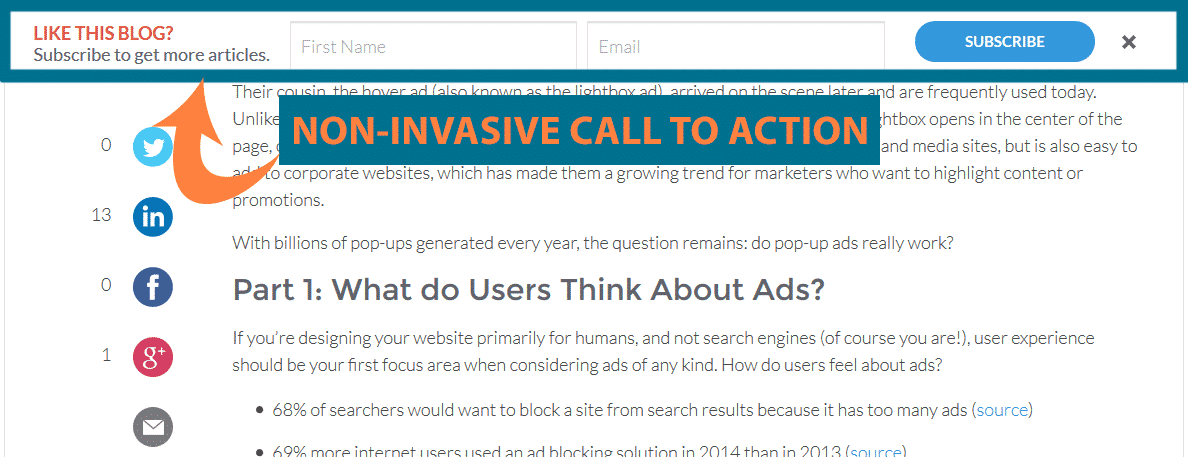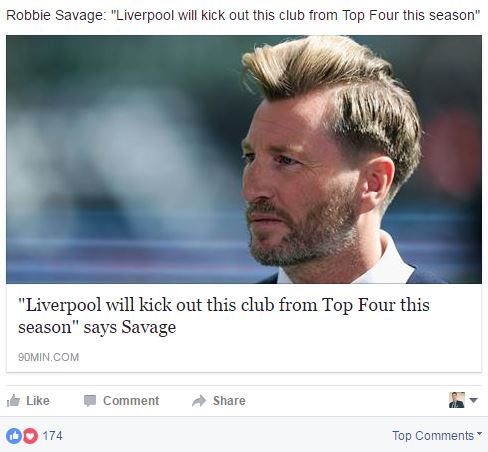I don’t think it is a huge surprise for anyone (other than those doing the spamming) that ad blockers have become the norm when browsing the web. There are plenty of irritating digital marketing tactics which led to people using not only pop up blockers, but to discontinue their consumption of content from specific publishers.
What type of tactics may have led to this? I thin the 5 below are a big reason why we’ve seen this shift in online behaviour. Hopefully we will see their use drop in favour of more customer-centric tactics:
Pop-ups
Popups may seem as old as the internet, but I am not talking just about overly promotional popups here. According to recent conversion rate statistics, having a popup come up after a certain action was taken on a page (say, scrolling half-way down a blog post) increases the likely hood of a completed action. Generally 2% more conversion than other types of ads.
However, popups have the complete opposite ability as well. They can turn your users off entirely (like me) and interrupt the content consumption process. While I understand that “free” content also comes with the user having to see ads, or provide contact information, there are much better ways to guide me towards an action than to entirely cover your content piece with a popup.
Here is a great policy/mentality from Copybloggers on what popups could do and why they don’t use them:
There is no questions popups “work” – but to what end? We’re not willing to risk the relationship with our audience for a spike in opt ins.
Precisely my thinking – while getting more people to sign up for your email, or download an ebook might be good short-term, constantly bombarding your audience with popups can have a detrimental long-term effect on your readers.
Take an example example below from Neil Patel’s website (a well-known online marketing expert):
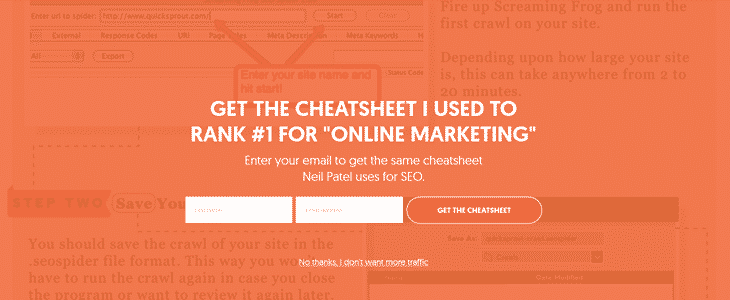
I use to read some of the blog posts to see how to improve conversion rates, get visitors, etc. There is plenty of good information there (most of it, some was taken with a grain of salt). I sometimes shared an article or two with my audience. However, with such invasive ads I got really frustrated. I could not get through the article without having to close down multiple popups…and even when I closed an entire-page popup another smaller popup would come up. Just to the side of the page now (this one wouldn’t be too invasive if it was the only one):
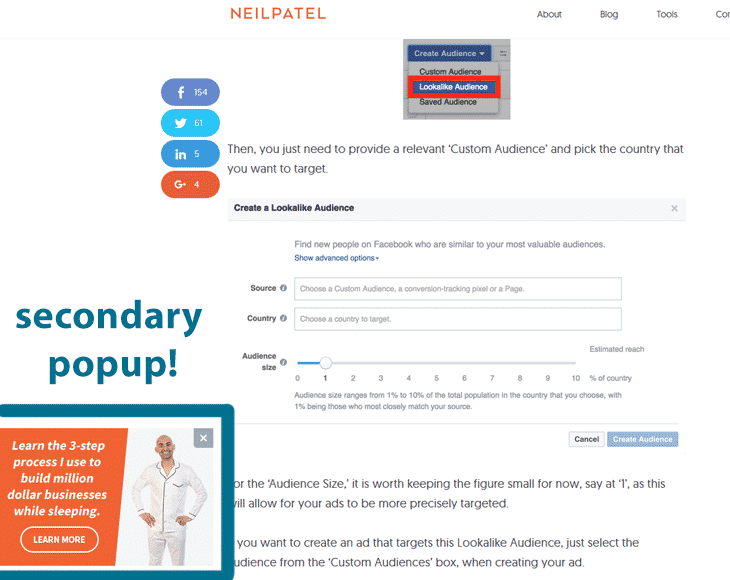
I get distracted from the actual post. I get frustrated. I leave. As a matter of fact I stopped reading any of the blog posts on that platform, and I have not shared a single thing since. I have slowly begun to eliminate other blogs that use popups from my reading lists as well. Not to pick out on Neil Patel specifically, he has proven to be successful. But a personal preference is to avoid any platform that uses extensive popups.
Plus, it looks like Google is going to penalize websites for pop-ups starting in 2017 – so it might be better not to implement this option in the first place!
But, if they have such great conversion rates why should they be dropped? Are there alternatives?
You can incorporate other means of getting people to take an action. A sign up for on the left/right-hand side bars of your blog, permanent bars at the top or bottom of your pages as users scroll, etc. These are non-invasive and allow readers to sign up on their own terms without interrupting their reading or viewing process. Just like this example below from Smart Bug Media (blog I referenced above for the improved conversion rate statistic of popups):
Clickbait Titles
This is one is fairly self explanatory. How many times have you opened up your Facebook feed to see something along the lines of “Dog Gets Rescued from Shelter, You Won’t Believe What Happens Next” – only for that next to be a 30 second video of a dog just running around in a backyard, much like any other dog would. Below is an example I came across recently (and have since unfollowed the page entirely):
While clicks usually result in ad revenue for these types of websites, clickbait titles such as this one should be avoided at all costs. It comes from a football club fan page I amwas following. As a matter of fact, similar to Google penalizing pop-up pages, Facebook (potentially other networks as well) will start penalizing clickbaity articles in the near future. Meaning that there will be new algorithms which push any clickbait titles to the bottom of results – making it hard to get attention (which is the actual purpose of clickbait titles). Ironic, isn’t it?
Over-promised & Under-delivered Content
Insert one of: Ultimate, Epic, Awesome, Complete, Only
followed by Guide to Something…
Ultimate guides should be exactly that: ultimate. Once a viewer reads/watches/listens they should be able to do something they weren’t before able to. Whether it be build a website, a wooden shed or simply power-wash their deck.
Unfortunately, there is quite a bit of “Ultimate” guides which aren’t all that ultimate (have you gotten sick of that word yet?). Far too many content publishers slap on these words to get people to download content which ends up being most common sense, or just plain basic knowledge that could be found anywhere.
Let’s keep content expectations realistic, not everything has to be “Awesome” or “By Far the Only Thing You Need” – as a matter of fact quick/short guides can be helpful as well. Don’t over promise and under deliver! Create content that is of value to your audience.
Opportunistic Trend Chasing
We’ve all been told that we should be monitoring trending hashtags and topics so that we may join the conversation to potentially increase our reach, right? Absolutely.
However, not every trending topics or hashtag should be used just for the sake of increased reach or performance. The most notable example is DiGionro Pizza’s “#WhyIStayed” blunder where the brand’s Twitter profile used a hashtag intended to open up a conversation about domestic violence, to promote a pizza:
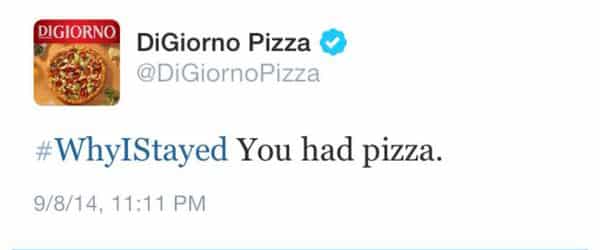
Following this update, plenty of Twitter users back-lashed. DiGiorno had to backtrack and apologize for not paying more attention to the topic at hand. If you’re unsure of the trend at the time, DO NOT USE IT for promotional purposes. As a matter of fact, even if you do know the topic try to steer away from using it as a promotional channel. Instead focus on how your brand can contribute to the conversation. Relevant content? Support? Etc.
Overly Promotional Updates


